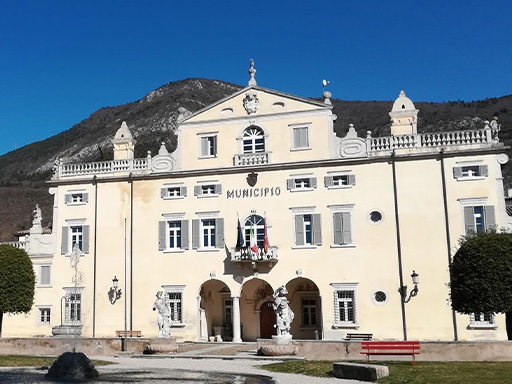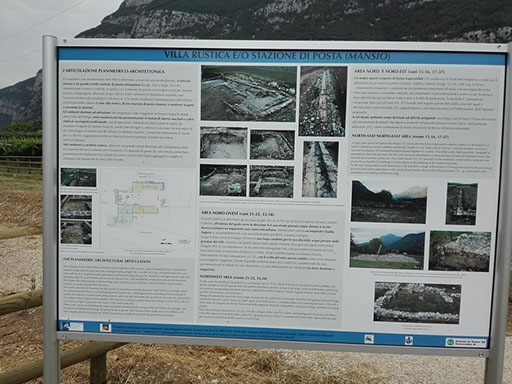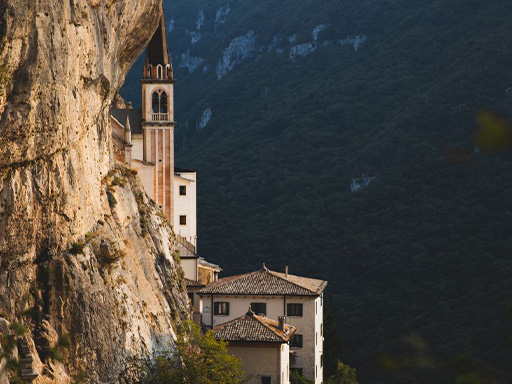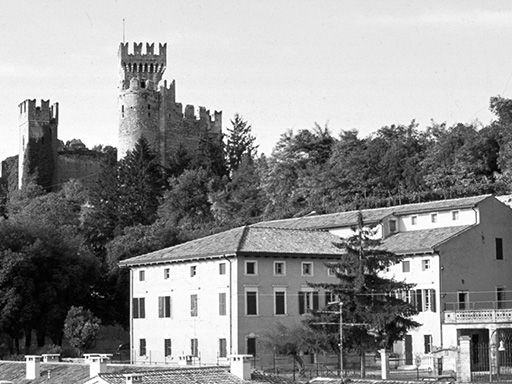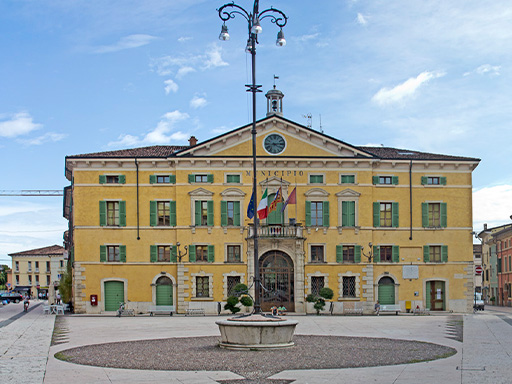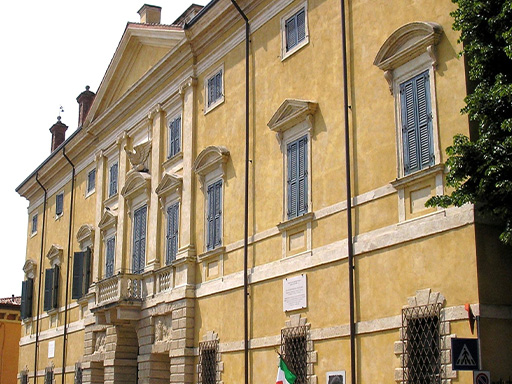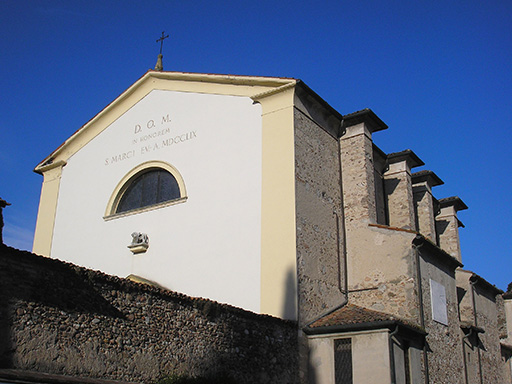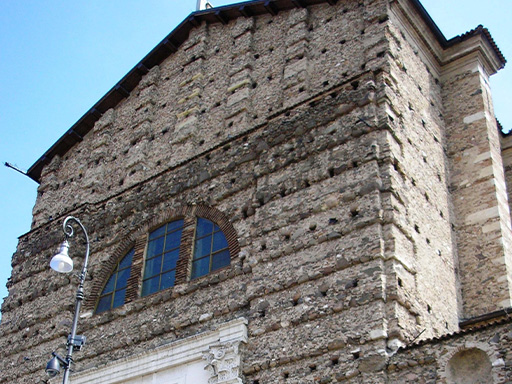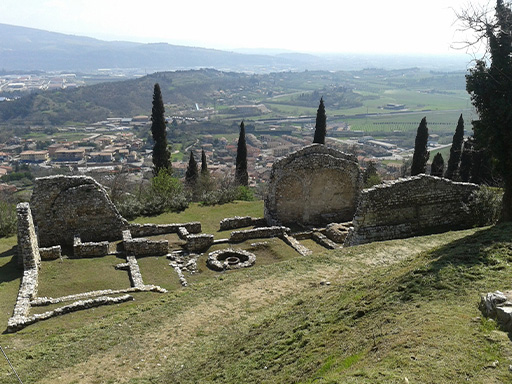
The archaeological treasure of Cavaion Veronese

The Civic Archaeological Museum, located in the town hall, houses prehistoric finds from Cavaion, the small lake of Cà Nove and neighbouring municipalities. The exhibition includes ceramics, bronze objects, dagger blades, bone and stone objects, amber, tablets and loom weights. It is also possible to admire the remains of a necropolis and a Roman villa, as well as finds from the Middle Ages discovered on Mount San Michele, today the Archeoparco della Bastia, a fortified settlement built on two terraces, probably a pilgrimage destination.
Helpful information
![]() Piazza Fracastoro, 8, Cavaion Veronese, VR, Italia
Piazza Fracastoro, 8, Cavaion Veronese, VR, Italia
![]() Archeoparco, Monte S. Michele, Cavaion Veronese, VR, Italia
Archeoparco, Monte S. Michele, Cavaion Veronese, VR, Italia

